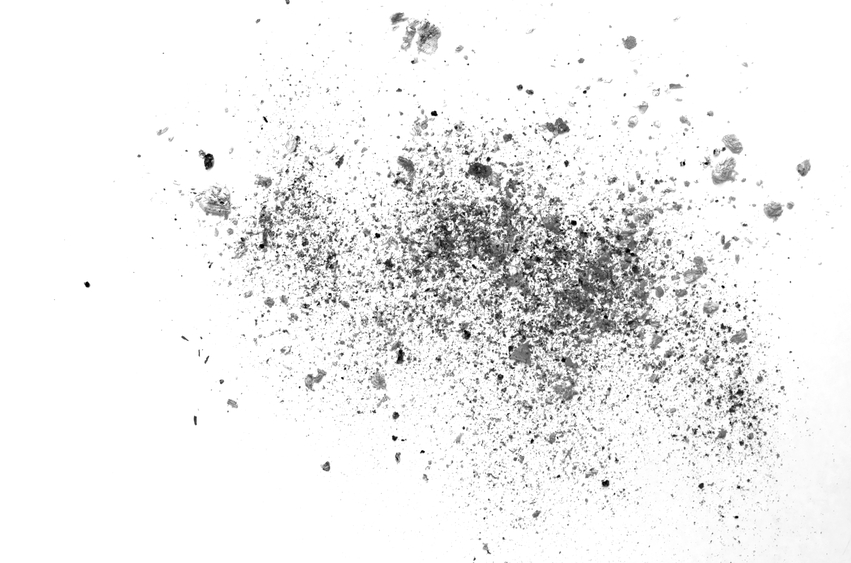Until recently, most environment, health, and safety (EHS) professionals thought of dust primarily as a housekeeping or nuisance issue—with the exception of health hazards, like coal dust and asbestos, that can cause chronic lung disease or cancer. But in 2008, when a sugar dust explosion killed 14 people and injured 36 others at the Imperial Sugar plant just outside Savannah, Georgia, the Occupational Safety and Health Administration (OSHA), the Chemical Safety Board (CSB) and the broader EHS profession began looking closely at the explosive potential of finely-divided solids—that is, dusts.
 |
What was not well-understood before Imperial Sugar is that many substances that are not generally explosive—like sugar—can become violently explosive when finely divided and dispersed in air. Since 2008, OSHA and the CSB have been working steadily to identify potentially hazardous dusts and recommend methods for preventing the deflagration and explosions that can result from them. Most recently, OSHA has issued a fact sheet on protecting workers from combustible dust hazards that offers three recommendations for controlling combustible dust.
Capture
OSHA recommends that employers capture combustible dusts at the point of generation before they are dispersed into the work area. This can be done using dust collection systems that are designed, installed, approved, and maintained not only so that they control the dust but also so they prevent violent deflagration. Deflagration is a type of fast-moving flash fire—too fast to outrun—that ignites an entire dust cloud. If the dust cloud is in a confined space, such as a piece of equipment or ductwork, or even inside a small room, it can result in an explosion.
A well-designed dust capture system will move dust away from any ignition sources or heat sources, including the building’s heating, ventilation, and air conditioning (HVAC) system, forklifts, and employee smoking areas. The dust control system’s electrical wiring should be explosionproof, just as it would be in the presence of other flammable or explosive substances. The system itself should be bonded to discharge static safely. Dust-collection systems can also be equipped with internal fire-suppression systems.
Contain
Once dust is captured, it must be contained within equipment, rooms, or systems that are designed for safe handling and disposal of hazardous dusts. Safely designed systems keep combustible dusts away from employee work areas, for example, by collecting it in bags or buildings outside the main work area or by separating it by barriers.
Relief venting in the system should be routed away from areas where workers might be, and the system should be designed so the force of any explosion that might occur is directed into unoccupied areas.
Clean
Any dust that is not captured or contained must be prevented from accumulating in the work area. Overhead surfaces and concealed areas, in particular, must be identified and frequently cleaned. Cleaning methods should not generate dust clouds—for example, choose an intrinsically safe vacuum equipped with a high-efficiency particulate air (HEPA) filtration system or wet methods over dry sweeping, compressed air, or “knocking down dust.”
Tomorrow we’ll look at another pesky dust that is still causing problems, long after it was banned for use in many commercial and residential applications: asbestos.
